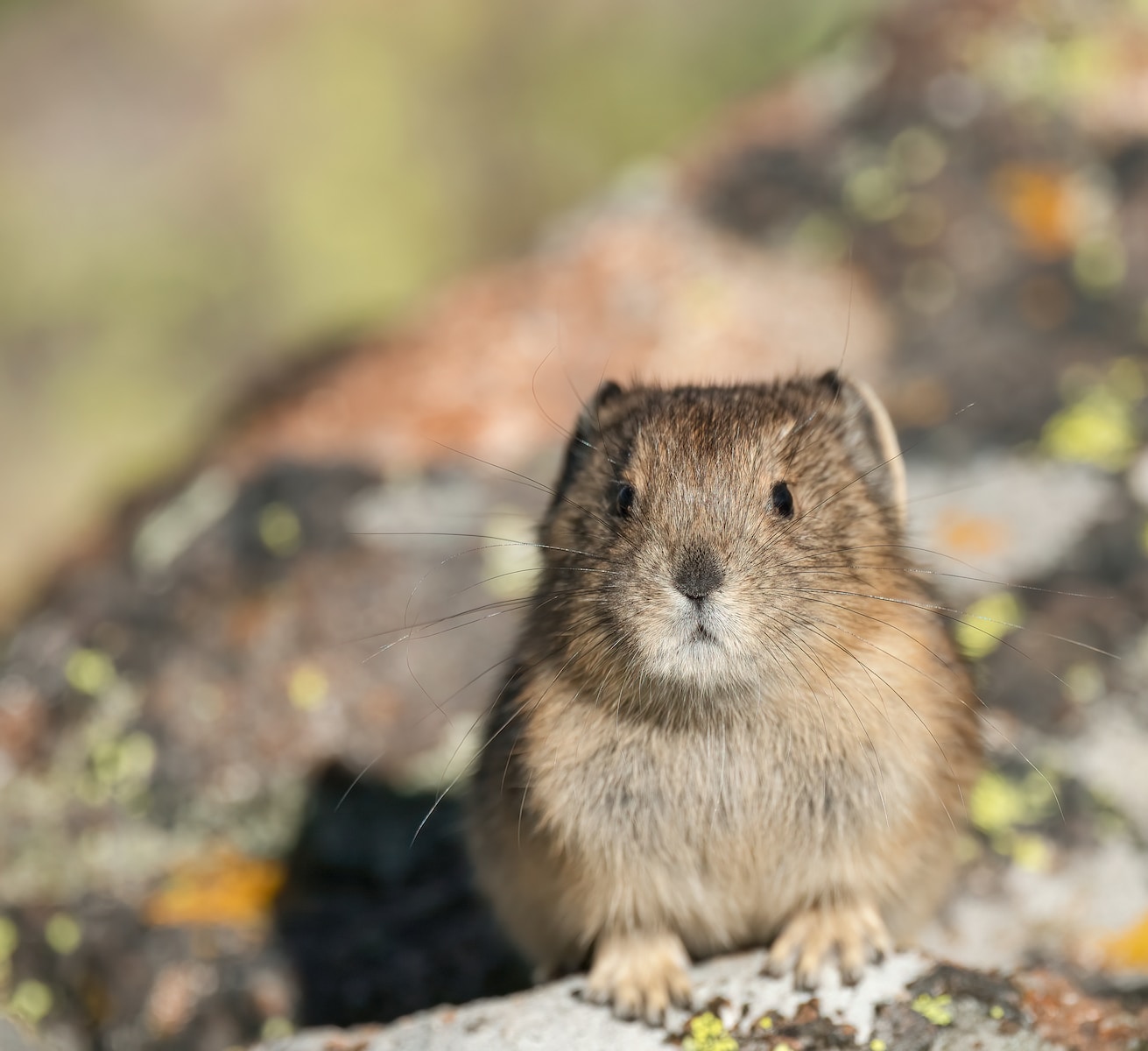Discover the fascinating world of the American Pika and gain insights into its habitat, behavior, and conservation. Dive into the details of these charismatic creatures that inhabit North American mountain regions.
Introduction
When it comes to North American mountain ecosystems, the American Pika stands as a remarkable, albeit lesser-known, inhabitant. These small, herbivorous mammals are a vital part of the alpine food chain and an indicator species for monitoring the health of high-altitude environments. In this comprehensive guide, we will explore the world of the American Pika, its habitat, behavior, and the importance of its conservation.
Understanding the American Pika
The American Pika, also known as Ochotona princeps, is a small mammal belonging to the family Ochotonidae. These charismatic creatures are known for their round bodies, large ears, and distinctive calls. Native to the mountainous regions of western North America, they have adapted to life at high altitudes.
Habitat and Distribution
- High Alpine Homes: American Pikas inhabit rocky alpine and subalpine environments. They can be found in the western United States and parts of Canada.
- Niche Dwellers: These small mammals are often seen in talus slopes and rocky outcrops where they create burrows and haypiles.
- Climate Adaptations: They are well-suited to cold, high-altitude environments and can survive in harsh conditions.
Behavior and Adaptations
- Social Creatures: American Pikas are social animals that communicate through a series of vocal calls and whistles.
- Gathering for Winter: They are known for their habit of gathering vegetation during the summer to create haypiles, which serve as their winter food source.
- Survival Strategies: Their thick fur and small size help them conserve body heat in the cold mountain climate.
Importance in Ecosystem
- Keystone Species: Pikas play a crucial role in alpine ecosystems by providing a food source for predators like hawks and weasels.
- Environmental Indicators: Their presence or absence can indicate changes in the environment, making them important for conservation monitoring.
- Adaptation Studies: Scientists study the pika’s ability to survive in extreme conditions to gain insights into climate change resilience.
Conservation Efforts
Conservation of the American Pika is vital for maintaining the ecological balance of high-altitude regions. The following efforts are being made to protect these endearing creatures:
- Habitat Preservation: Protecting their habitats from development and climate change is crucial.
- Climate Change Research: Studying their adaptation to climate change helps in understanding broader ecological responses.
- Public Awareness: Educating the public about the significance of pikas in mountain ecosystems fosters support for conservation.
American Pika FAQs
Q: Are American Pikas rodents?
A: No, they belong to the family Ochotonidae, making them close relatives of hares and rabbits.
Q: How do they survive in the cold mountains?
A: Pikas have thick fur and insulated burrows, allowing them to withstand low temperatures.
Q: What is their typical diet?
A: They primarily consume grasses, sedges, and other alpine plants.
Q: Why are they considered indicator species?
A: Changes in their populations can signal shifts in the ecosystem due to climate change.
Q: Do pikas hibernate during winter?
A: No, they remain active throughout the winter, relying on stored haypiles for food.
Q: How can I help in pika conservation?
A: You can support conservation organizations and participate in local initiatives to protect their habitats.
Conclusion
The American Pika is a fascinating species that plays a pivotal role in the delicate balance of alpine ecosystems. By learning about their habits, behaviors, and the challenges they face, we can work together to ensure their survival and maintain the ecological health of North American mountain regions.
Don’t forget to hit the like button if you found this guide informative and engaging.















